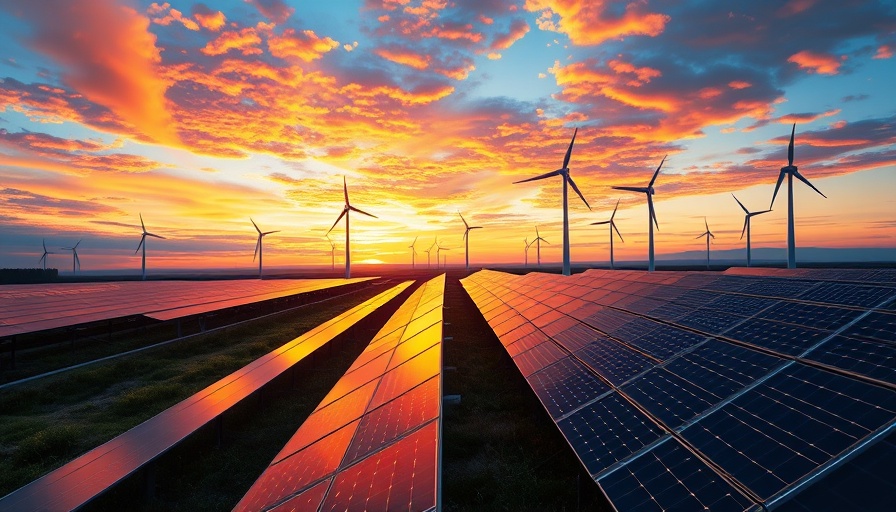
The Global Energy Battle: U.S. vs. China
The landscape of global energy markets is shifting dramatically as the United States and China engage in a fierce competition for dominance. While the U.S. focuses on exporting fossil fuels, China is rapidly securing its place as a leader in clean energy exports, with significant geopolitical implications.
The Clean Energy Export Surge
China has made headlines by exporting an unprecedented volume of renewable energy technology. As of August 2025, Chinese exports of photovoltaic solar panels, electric vehicles (EVs), and associated technologies skyrocketed to a staggering $20 billion. This is a sharp contrast to the U.S.'s $80 billion oil and gas exports. The trend underscores not just China’s manufacturing capabilities but also its strategic positioning in emerging markets across Africa and Southeast Asia.
Implications of Renewable Export Trends
The implications of these trends are vast. China’s dominance in clean technology means it is shaping the new energy market, particularly in developing regions. Countries in Africa, such as South Africa, have noted a 60% increase in solar panel imports, showcasing the shift towards renewable energy solutions as economically viable options. As more countries adopt these technologies, they will reduce dependency on fossil fuels, gradually changing the global energy hierarchy.
Environmental Considerations and Health Impacts
With the rise of renewable energy, it's crucial to address the health implications of fossil fuel dependency, particularly coal. Currently, only 16% of U.S. electricity is derived from coal, as its negative health effects become more widely acknowledged. This shift to cleaner technologies not only aids in combatting climate change but also has broader public health benefits. Transitioning to renewables can mitigate health risks associated with pollution, proving beneficial both ecologically and economically.
Unequal Playing Fields and Future Predictions
The competition between the U.S. and China is not merely economic; it has geopolitical ramifications as well. As China increases its influence in emerging markets through clean technology exports, it poses a growing challenge to U.S. hegemony in global energy policy. The coming years may witness furthering of alliances between China and countries in the Global South, ultimately altering international trade dynamics.
Conclusion: Navigating a New Energy Landscape
As business owners and industry stakeholders, understanding these dynamics is crucial. The energy sector is evolving, and staying informed about these shifts can provide strategic advantages, especially for those involved in construction and facility management. The clear trend is a pivot towards sustainability; thus, aligning business practices with emerging clean technologies will not only be beneficial for the environment but could also be a crucial differentiator in a competitive marketplace.
Take action today by exploring how your business can adapt to these trends—focusing on integrating sustainable practices could lead not only to cost savings but also an enhanced brand reputation.
 Add Row
Add Row  Add
Add 




Write A Comment